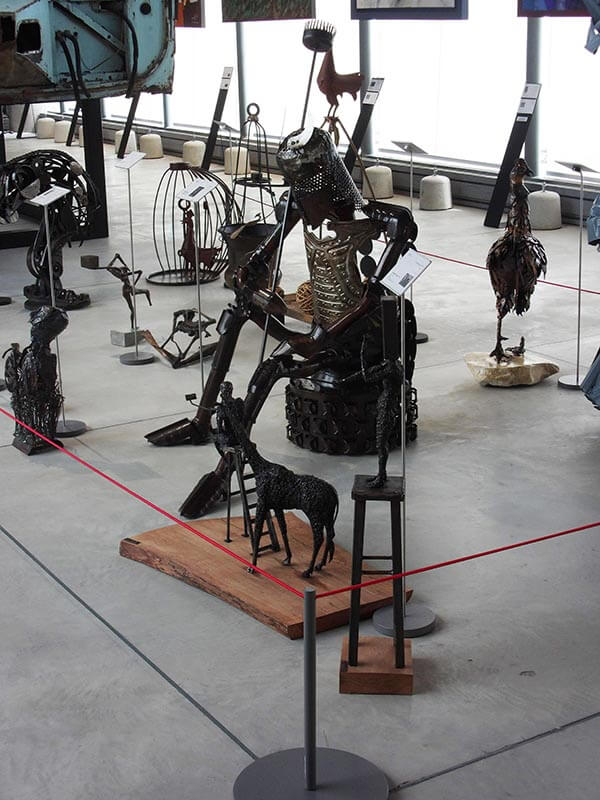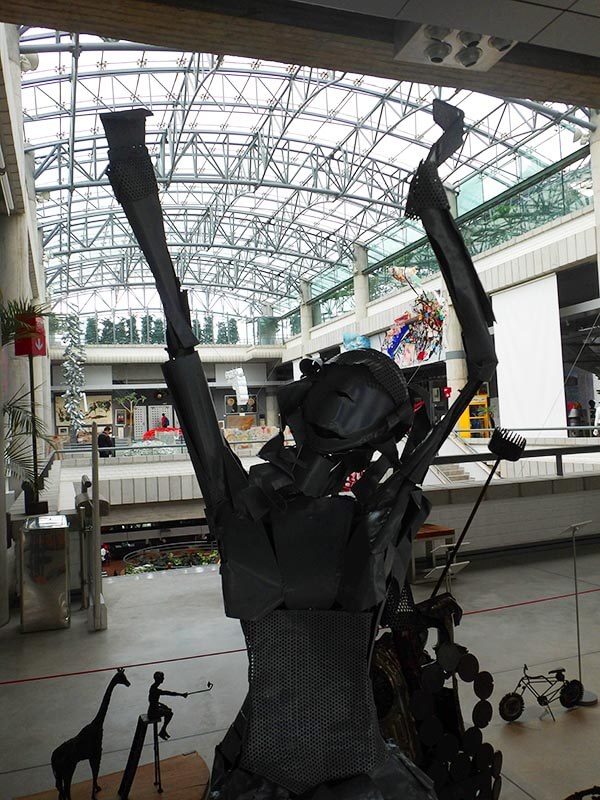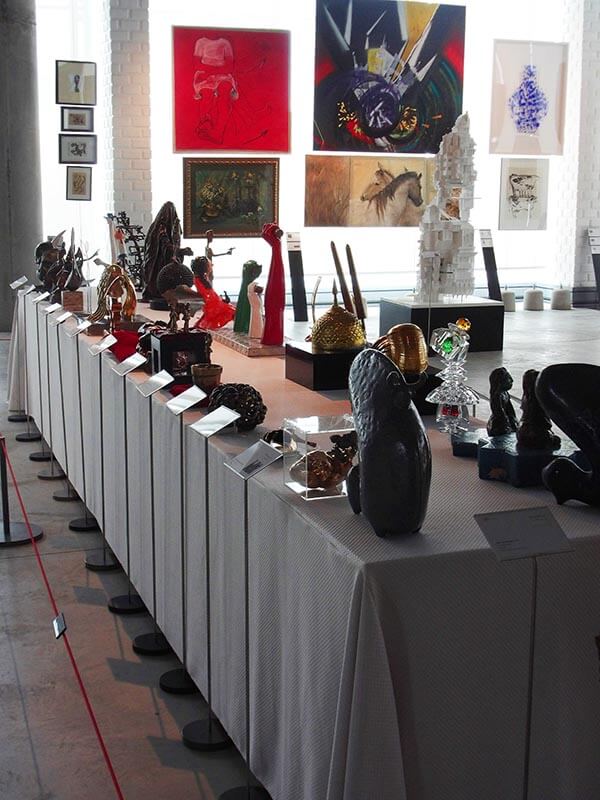
In the heart of Mazandaran province in Izadshahr, a large complex with a glass and concrete facade stands out. At first glance, it looks much different from all the other complexes and shopping centers that exist on the way towards the city. This modern complex attracts the attention of tourists and travelers for a visit. Upon arrival, you will immediately notice what sets this complex apart from other museums of Iran.
All the amazing works that are located outside and inside, the interior, and the story of the construction of this complex is very attractive and exciting for those who are interested in art.

History of Didi (DD) Gallery Museum
This museum was built by Ali Tavassoli on a plot of land with an area of three thousand square meters. During his youth, about 50 years ago, he moved from Isfahan to the coast of the Caspian Sea. His interest in nature and the special potential of tourism in the north of Iran, led him to the construction of recreational-residential settlements. For many years, due to his keen interest in arts, he collected and preserved art works. For this reason, he decided to build a Cultural and Artistic Complex in the north of the country.
In the spring of 2016, the Didi Gallery Museum complex was established at Ali Tavassoli’s personal expense. He says the reason for the complex’s naming “DD” is because it stands for ” Delbar Delkade ” and the two dd are the beginning of his words in English. On the other hand, “Didi” means “seeing” in Farsi. So he decided to name the complex “DD”.

At the entrance to the green and flowery courtyard of the complex, a pyramid-shaped glass structure attracts the attention. This structure has a special design and charm and displays a collection of several old Mercedes Benz cars. Due to the personal interest of the owner the collection of old luxury cars was purchased by him. Outside at the entrance of the complex, on the top of the stairs is a statue of the “Rain Man” that seems as it is praying for rain.
The Didi Gallery Museum has three floors. On the first floor, you will find everything from cafes and stalls to modern and traditional clothing and handicrafts. The design of the space is such that there are no walls or spaces between the booths, and all kinds of works of art and spectacular handicrafts can be seen.
The second floor contains the main part of the gallery. The floor is made up of several different sections with over 1,800 works, including hundreds of paintings by contemporary Iranian and foreign artists, hundreds of attractive and spectacular statues, and old and new artworks made from recycled and unusable materials.

It is noteworthy that some of the works and paintings are permanent and others are priced and sold; So not only does this complex take an important step in supporting the works of artists, but as an everyday visitor you can see new works on display each time you visit.
All of these attractions, as well as the variety and number of works of art combined with the special architecture of the collection, have led many to refer to it as the “Louvre Museum” in Iran. It may seem exaggerated; But this level of diversity and beauty in Iran’s domestic museums is unseen.
It is said that sometimes more than two thousand people visit the complex each day. This shows the high potential of this gallery museum for the development and attraction of tourists who travel to northern part of Iran during the year.
